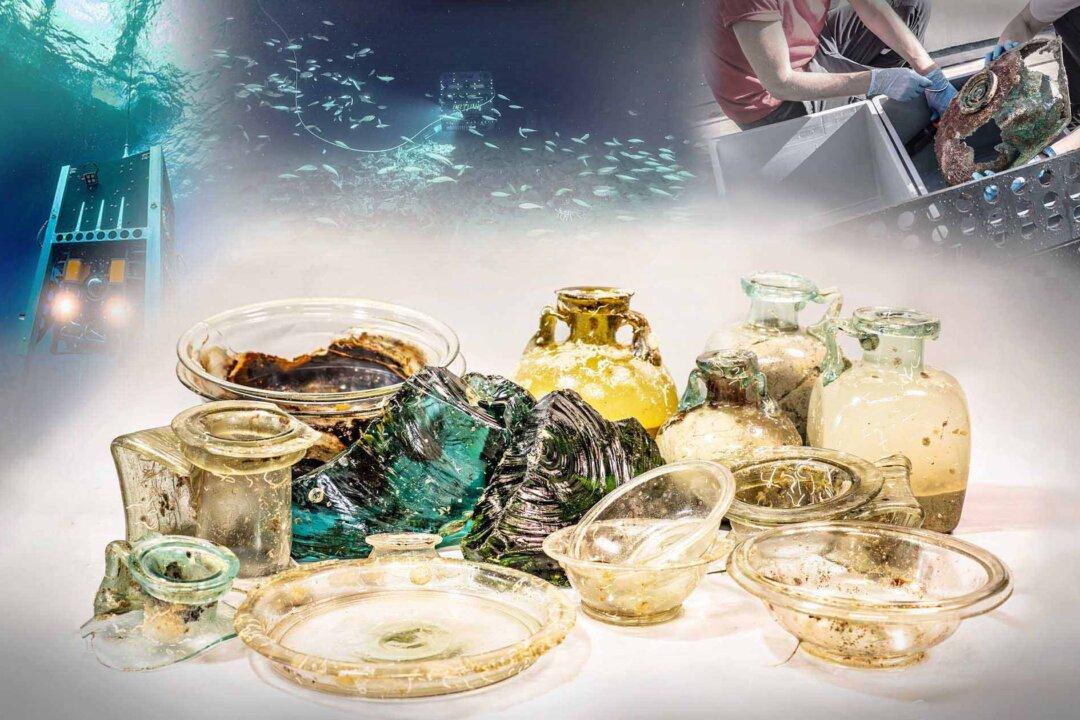Thousands of Roman glass tableware pieces were onboard a ship that supposedly sank in the Mediterranean around 1,700 years ago, a press release stated. They have now been found. Some were recovered.
In July, French and Italian researchers investigated a stretch of ocean floor between the islands of Cap Corso, France, and Italy’s Capraia. At a depth of 350 meters (1,148 feet), two remotely operated vehicles (ROVs) were deployed to capture high-definition photos and video of what is believed to be a Roman shipwreck. From the site, they extracted several ancient glass specimens of the ship’s cargo.






